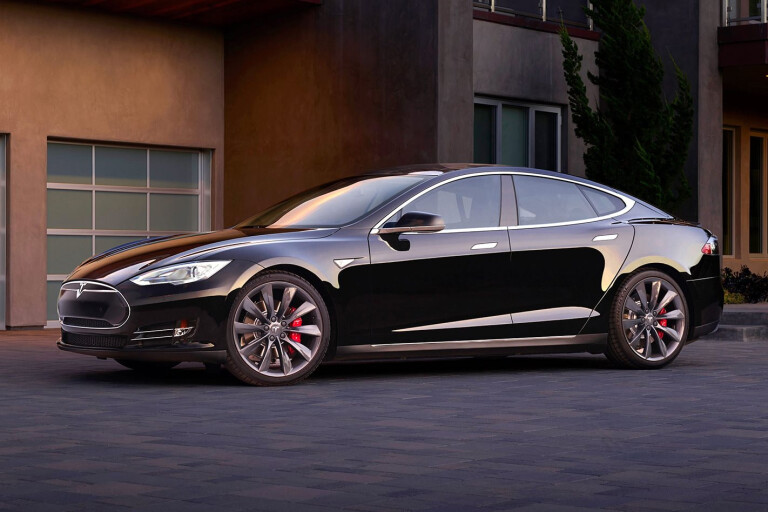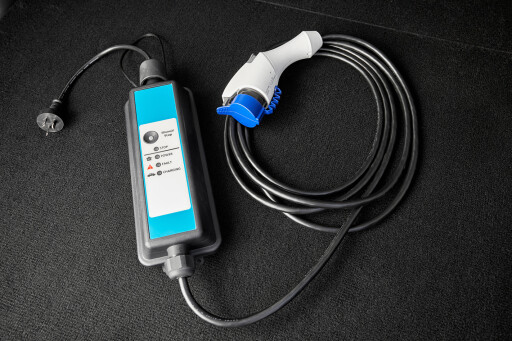
IN THE absence of government incentives and charging infrastructure that falls far behind the standards of other developed countries, electric vehicles are still failing to gain traction on Australian soil, while many other global regions continue to experience steady growth.
Our first insight as to how many cars Australia’s favourite EV maker Tesla flogs was revealed by a recall last month, and it is now a little clearer just how many (or few) zero-emissions and plug-in hybrid vehicles are finding driveways Down Under.
According to monthly VFACTS sales data published by the Federal Chamber of Automotive Industries (FCAI), to the end of June this year, private buyers registered 200 ‘EVs’, although that figure leaves out Tesla, and takes into account a portion of vehicles that are not solely electric but can travel under electric power alone, which includes plug-ins such as Mitsubishi’s Outlander PHEV.
However, factor in the educated Tesla estimate as published by Wheels in June (1060 cars divided by two, for six months of sales) and the total figure increases to about 730 passenger and SUV vehicles. Add in non-private sales and the number of EVs going into fleets and large businesses, and the number climbs to a little short of 1100.
 As a proportion of the 463,765 Australian passenger vehicle and SUV sales to the end of last month, just 0.2 percent were regarded as electric by the FCAI.
As a proportion of the 463,765 Australian passenger vehicle and SUV sales to the end of last month, just 0.2 percent were regarded as electric by the FCAI.
A simplistic estimate would plot a straight line graph to 2200 EV sales at the close of 2017.
Need that putting into perspective? In 2016, more than 645,000 electric vehicles were sold in China, Europe almost equalled that figure, while the United States ranked third with just over 570,000.
You might argue the difference in population of the top three is an unfair pegging against Australia’s 24 million and that a more level playing field would be somewhere like Norway, for example, where in 2016, its population of 5.3 million bought 135,276 electric vehicles.
Last year China bought one EV for every 214 people, Norway bought one for every 39 people and if Australians buy our rough figure of 2200 EVs this year it will be one vehicle for every 11,049 people.
 So why an almost negligible figure when the rest of the world embraces alternative energy and electric propulsion?
So why an almost negligible figure when the rest of the world embraces alternative energy and electric propulsion?
Local fuel prices certainly don’t help and while the cost per litre for unleaded continues to hover around $1.30 compared with £1.15 ($A1.90) or ¥140 in Japan ($A1.60), Australian’s are likely to continue buying large vehicles including one-tonne utes – the most popular segment so far this year.
The almost complete lack of government incentives is also another key reason Australians are not interested in electrified vehicles and if there was ever any doubt of the effect of tax breaks on EVs then look no further than Hong Kong.
On April 1 this year, authorities axed a tax break previously applied to electric vehicles and in the entire month, Tesla – ironically the most popular EV brand in Australia – sold not a single vehicle.
Until the government puts a concerted effort into encouraging low and zero-emissions vehicle sales, along with the infrastructure to support them, it appears that Australia will continue to be the electric vehicle wasteland of the modern world.



COMMENTS